-
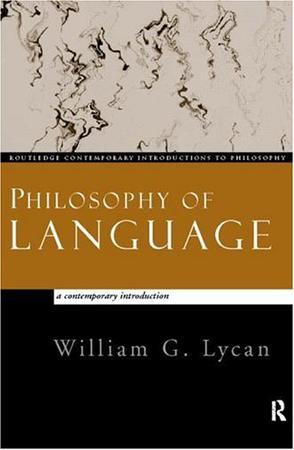
Philosophy of Language
Philosophy of Language introduces the non-specialist to the main issues and theories in twentieth-century philosophy of language, focusing specifically on linguistic phenomena. Part I explores several theories of how proper names, descriptions, and other terms bear a referential relation to non-linguistic objects. Part II surveys competing theories of linguistic meaning and compares their various advantages and liabilities. Part III introduces the basic concepts of linguistic pragmatics, includes a detailed discussion of the problems of indirect force, and Part IV examines linguistic theories of metaphor. -
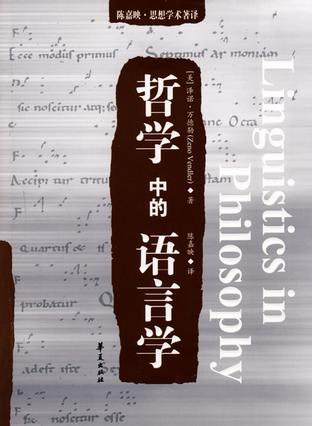
哲学中的语言学
《哲学中的语言学》是语言哲学较晚期重要人物万德勒的一部代表著作。万德勒是最早熟习乔姆斯基语言学的哲学家之一,充分运用了现代语言学的手段来讨论语言哲学问题;《哲学中的语言学》鲜明地反映了万德勒的特点。《哲学中的语言学》分为七章,第一章讨论语言学是否能帮助哲学,作者的回答是肯定的。从第二章到第七章,每一章考察一组语言现象,考察时借用了现代语言学的工具,得出的则是具有哲学意义的结论。这些考察本来曾作为论文陆续发表,最后作了些修改后合成此书。我们通过对语言现象的经验考察认识到一些规则,这是语言学家的工作。这些规则是约定的,因此是偶然的;但了旦认定这些规则,我们就可能获得某些基于这些规则的先天真理,而认识先天真理是哲学家的事情。 -
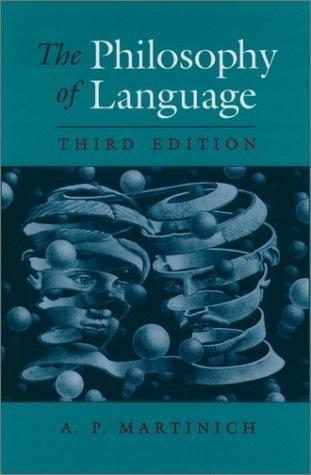
The Philosophy of Language
What is meaning? How is linguistic communication possible? What is the nature of language? What is the relationship between language and the world? How do metaphors work? The Philosophy of Language, considered the essential text in its field, is an excellent introduction to such fundamental questions. This revised edition collects forty-one of the most important articles in the field, making it the most up-to-date and comprehensive volume on the subject. The fourth edition features several new articles including influential work by Bertrand Russell, John R. Searle, John Perry, Ruth Garrett Millikan, and John Stuart Mill. Other selections include classic articles by such distinguished philosophers as Gottlob Frege, P. F. Strawson, J. L. Austin, Hilary Putnam, and David Kaplan. The selections represent evolving and varying approaches to the philosophy of language, with many articles building upon earlier ones or critically discussing them. Eight sections cover the central issues: Truth and Meaning; Speech Acts; Reference and Descriptions; Names and Demonstratives; Propositional Attitudes; Metaphor; Interpretation and Translation; and The Nature of Language. The revised general introduction and introductions to each section give students background to the issues and explain the connections between them. A list of suggested further reading follows each section. -
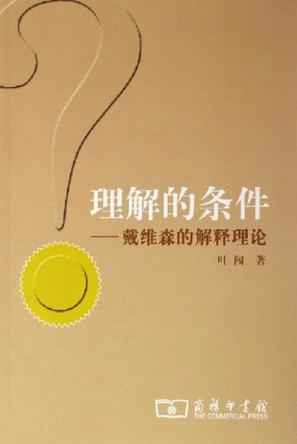
理解的条件
NO -

西方哲学史(第八卷上下)
作者在全书的结构安排和内容选取上都尽量择其要点,特别是对分析哲学的当代发展给予了更多的关注。幸亏有了“学术版”的名称,使得作者的这种选择有了更大的自由空间,虽然作者也按照历史的发展线索尽量考虑到每个必要的细节。但无论如何,作者希望读者不要把本卷的内容完全当做一部现代分析哲学的“教科书”(实际上也不适合当做“教科书”使用),而是一部对分析哲学发展历史的专题研究著作。 之所以要把该卷的名称最后确定为《现代英美分析哲学》,完全是因为,“分析哲学”在现代英美哲学中已经不再是一个学说或流派的名称,而更多的是一种对直接构成英美哲学研究方式和思维取向的总体概括,以至于对英美哲学家来说,“分析哲学”就是“哲学”的另一个名称而已。毫无疑问,本卷的名称并不意味着我们完全排除了在当代英美哲学中与分析哲学不同的,甚至对立的哲学观念;相反,我们是把这些不同的思想观念放到与分析哲学的相互联系中加以考察,试图由此揭示现代英美哲学发展中的多元化特征。 -
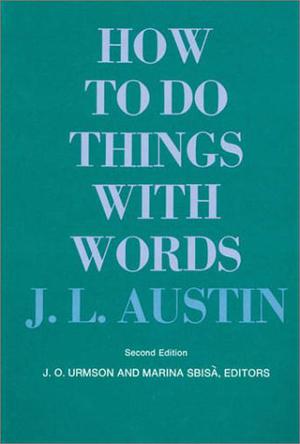
How to Do Things with Words
John L. Austin" was one of the leading philosophers of the twentieth century. The William James Lectures presented Austin's conclusions in the field to which he directed his main efforts on a wide variety of philosophical problems. These talks became the classic "How to Do Things with Words." For this second edition, the editors have returned to Austin's original lecture notes, amending the printed text where it seemed necessary. Students will find the new text clearer, and, at the same time, more faithful to the actual lectures. An appendix contains literal transcriptions of a number of marginal notes made by Austin but not included in the text. Comparison of the text with these annotations provides new dimensions to the study of Austin's work.